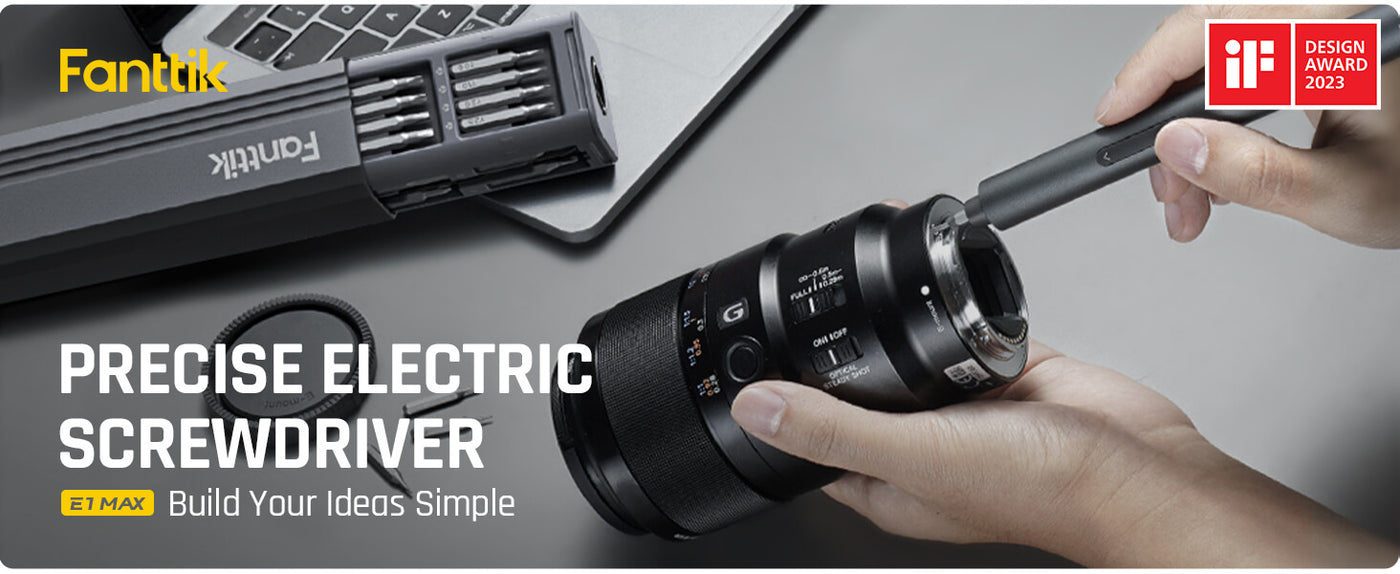Electric screwdrivers have become essential tools for both professionals and DIY enthusiasts. However, like any tool, they can encounter issues that hinder their performance. Understanding these electric screwdriver problems can help you troubleshoot effectively and maintain your tool's longevity.

Understanding Electric Screwdriver Problems
What are the most common electric screwdriver problems? Users often report issues such as battery failure, stripped screws, and inconsistent torque. Each of these problems can significantly impact the efficiency of your projects. By identifying the symptoms, you can take appropriate measures to resolve them.
1. Battery Issues
One of the most prevalent electric screwdriver problems is battery failure. If your screwdriver is not holding a charge, it may be time to consider a few factors:
- Check if the battery is properly seated in the tool.
- Inspect for any signs of corrosion on the battery terminals.
- Consider replacing the battery if it no longer holds a charge.
In some cases, using a compatible charger can also resolve charging issues. If the battery is removable, ensure that you are using the correct charger for your specific model.
2. Stripped Screws
Stripped screws can be a frustrating issue when using an electric screwdriver. This problem often arises from applying too much torque or using the wrong bit size. To avoid this, always ensure you are using the correct screwdriver bit for the screw type. If you encounter a stripped screw, consider the following solutions:
- Use a rubber band to increase grip when attempting to unscrew.
- Try a screw extractor kit for more stubborn screws.
By being mindful of your technique, you can prevent this common issue from occurring in the first place.
3. Inconsistent Torque
Another common issue is inconsistent torque, which can lead to over-tightening or under-tightening screws. This problem may stem from a malfunctioning clutch or a worn-out motor. If you notice this issue, consider the following steps:
- Check the torque settings and adjust them according to your needs.
- Inspect the internal components for wear and tear.
Regular maintenance can help ensure that your electric screwdriver operates smoothly and efficiently.
Preventive Measures for Electric Screwdriver Problems
To minimize the occurrence of electric screwdriver problems, consider implementing the following preventive measures:
- Regularly clean the tool to remove dust and debris.
- Store the screwdriver in a dry place to prevent moisture damage.
- Perform routine checks on the battery and other components.
By taking these steps, you can enhance the performance and lifespan of your electric screwdriver.
Conclusion
Understanding and addressing common electric screwdriver problems can significantly improve your DIY experience. Whether it's battery issues, stripped screws, or inconsistent torque, knowing how to troubleshoot these problems will save you time and frustration. For those looking for a reliable electric screwdriver, consider exploring options like the  , which offers advanced features to tackle various tasks efficiently.
, which offers advanced features to tackle various tasks efficiently.





